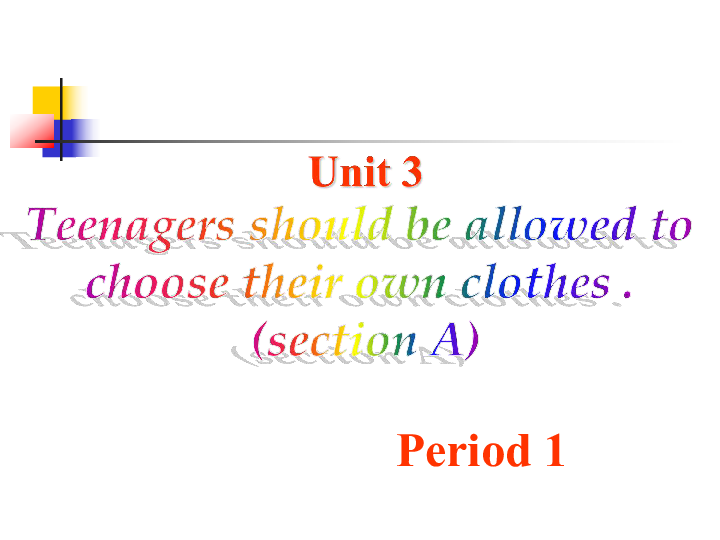Total U.S. Student Loan Debt: A Comprehensive Overview
Guide or Summary:Causes of Rising Student Loan DebtConsequences of Student Loan DebtPotential Solutions to the Student Loan CrisisIn the United States, educ……
Guide or Summary:
- Causes of Rising Student Loan Debt
- Consequences of Student Loan Debt
- Potential Solutions to the Student Loan Crisis
In the United States, education is often seen as the key to unlocking opportunities and achieving success. However, the path to higher education comes with a significant price tag, one that many students are now paying through student loans. The total U.S. student loan debt has reached an alarming figure, with millions of Americans grappling with the financial burden of their education. This article delves into the current state of student loan debt in the U.S., examining its causes, consequences, and potential solutions.
Causes of Rising Student Loan Debt
The roots of the student loan crisis can be traced back to several factors. One of the primary drivers is the rising cost of higher education. Over the past few decades, tuition fees have skyrocketed, outpacing inflation and wages. This has led to a growing reliance on student loans to cover the cost of education.

Another factor is the availability of student loans. Unlike traditional loans, federal and private student loans often have favorable terms and conditions, making them attractive to students. Additionally, the government's subsidization of federal student loans has made them even more accessible.
Consequences of Student Loan Debt
The consequences of student loan debt are far-reaching and can impact individuals and the economy as a whole. For many students, the burden of repaying loans can hinder their ability to pursue further education or enter the workforce. This can lead to a cycle of debt that perpetuates economic inequality.
On a broader scale, the high levels of student loan debt can have negative effects on the economy. When students are burdened with debt, they may be less likely to spend money on goods and services, which can slow down economic growth. Additionally, the high levels of debt can make it harder for individuals to save for retirement or purchase homes, which can further hinder economic growth.

Potential Solutions to the Student Loan Crisis
Addressing the student loan crisis will require a multifaceted approach. One potential solution is to increase funding for public higher education institutions. By making college more affordable, we can reduce the need for students to rely on loans to pay for their education.
Another solution is to reform the student loan system itself. This could include measures such as income-based repayment plans, which adjust monthly payments based on the borrower's income, or loan forgiveness programs that forgive a portion of the loan balance after a certain number of years in repayment.
The total U.S. student loan debt is a complex and pressing issue that requires careful consideration and action. By understanding the causes and consequences of student loan debt, we can work towards finding solutions that make higher education more affordable and accessible for all Americans. It is only through concerted effort and collaboration that we can hope to alleviate the burden of student loan debt and ensure that education remains a pathway to success for all.
